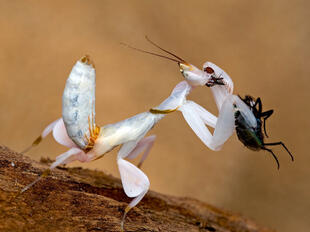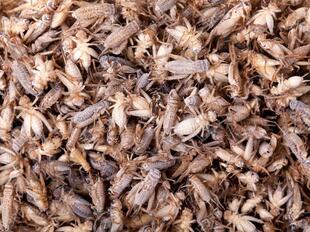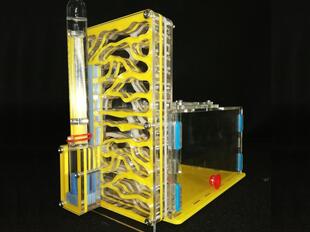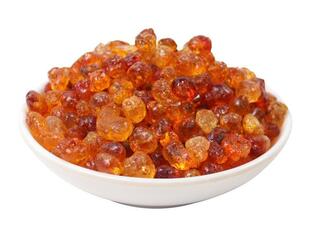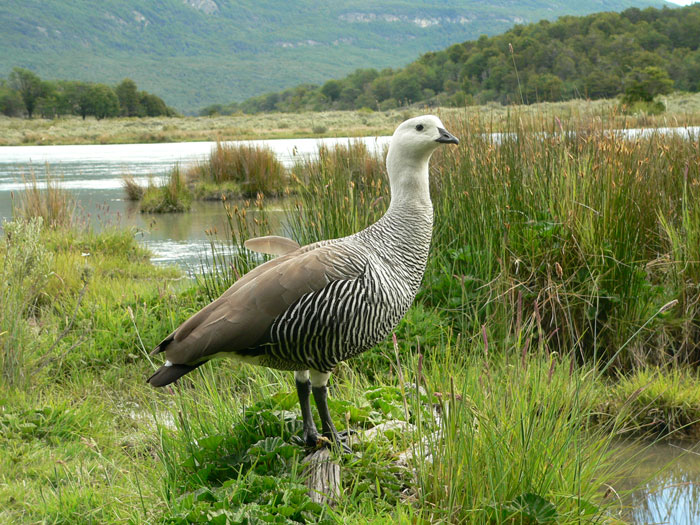
Upland goose, orMagellan goose(Chloephaga picta)
Phylum —chordata
Class — aves
Order — anseriformes
Family — anatidae
Genus – chloephaga
Appearance
These birds are 60–72.5 centimeters (23.6–28.5 in) long and weigh 2.7–3.2 kilograms (6.0–7.1 lb). Males have a white head and breast, whereas the females are brown with black-striped wings and yellow feet. A greenish-bronze speculum is located on the inner secondary flight feathers of the adult male.
Habitat
This bird is indigenous to the Falkland Islands which is located off of southern part of South America.
Behavior
The Upland goose is gregarious and large flocks of several thousands of birds can gather at abundant food sources such as grassy meadows and pastures, involving competition for food with sheep and cows. For this reason, they are considered as pest by farmers, and heavily persecuted by destruction of eggs and shooting of adults.
Diet
The Upland goose is primarily herbivore, feeding mostly of seeds, leaves, stems, and other plant matter.
Reproduction
Breeding season starts in Oct-Nov on continent and September on Falkland Islands.
The Upland goose can breed in solitary pairs or in loose colonies. The nest is on the ground, concealed amongst the dense vegetation. The interior is lined with soft plant material and breast feathers. It is often placed near water.
The female lays 5-8 eggs and incubates during about one month, while the male remains in the surroundings and guards the area. The chicks are covered in greyish to brownish down. They leave the nest very soon after hatching, about 15 hours during which they dry their plumage and are brooded. They never return and reach the close water and the feeding areas. They are able to feed themselves from the start. They fledge between 9 and 10 weeks of age, and they can breed at three years.
In captivity
Lifespan in captivity is up to 25 years.
When keeping this species, it is necessary to have a pool with water or a natural reservoir. The optimal ratio of the reservoir area to pasture is 20% water and 80% pasture. The optimal area of the entire enclosure is 200 sq. m. The optimal height of grass in the pasture is 7.5 cm.
It is necessary to build a poultry house on the territory of the aviary. Geese will be able to hide in it from the cold and wind in the cold season. You need constantly to update the litter in the poultry house. For such bedding, you will need about 40 kg of dry straw (hay). It is important to replace the wet bedding in time. Otherwise, the plumage quickly becomes dirty and does not protect the bird from the cold.
The poultry house should be made of wood or mud. Humidity and drafts are not allowed in it. Proper maintenance of geese is the key to their health.
During the construction of a poultry house, it is very important to take into account that at least one square meter of floor space should be allocated for one adult goose. With a higher density, the room will quickly become polluted, and the air in it will stagnate. This can cause diseases of wild geese and significantly reduce their productivity. Once a year, you need to whitewash the walls with freshly slaked lime.
Geese eat natural grasses. You can add to herbs: wheat grains, waterfowl pellets, and chicken feed. If there is not enough grass on the pasture, it is necessary to bring mown fresh grass. In winter, you can feed sliced vegetables, especially good to give cabbage and salads. Not averse to eating worms, insects and shellfish sometimes.
 Russian
Russian
 English
English




















